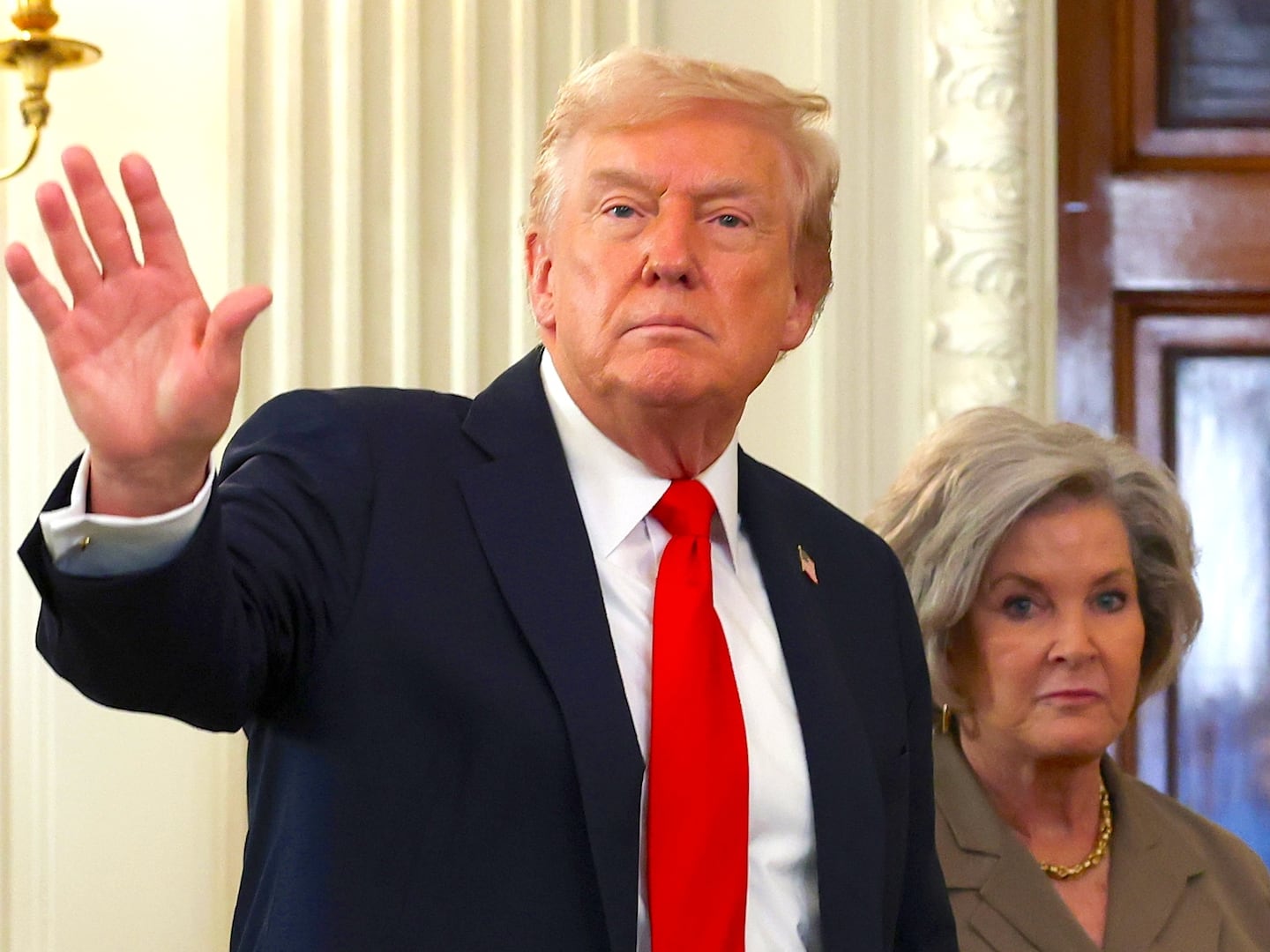HAVANA — Four days of consecutive thunderstorms had given the air in the capital of this socialist island nation a soupy consistency. At mid-afternoon, it was nearly 100 degrees, and humidity was nearly 100 percent.
This wasn’t the greatest weather for standing around on the street. But in the Miramar district of Havana, there were a lot of people doing just that.
“I’ve been waiting for about an hour, but no cars are going my way,” said Yolanda Gutierrez, a university student in her mid-20s.
Gutierrez and about a dozen other Cubans were standing at one of Havana’s puntos amarillos—Spanish for “yellow points”—the waiting areas where Cubans can engage in the nationalized hitchhiking system.
That’s right, in Cuba, hitchhiking is public transportation, and in that it is a perfect reflection of both the fatalism and resilience that characterize this society.
Workers in yellow uniforms were trying to keep everything organized, but nobody was having much luck catching a ride.
“It’s a very economical means of travel, and you definitely have some interesting experiences along the way. But ultimately, it’s really inconvenient,” said Gutierrez, a look of bored resignation crossing her face.
When you come upon one of these yellow points, you pay a government worker 25 centavos of a Cuban peso (roughly 1 U.S. cent) if you’re staying in the same province, or three Cuban pesos (11 cents) if the trip is trans-provincial. The official then has a conversation with the government vehicles that are required by law to stop if people are waiting, asks them where they’re going, and places passengers accordingly.
I was going to Cojimar, the sleepy, riverside village where Ernest Hemingway wrote The Old Man and the Sea. From the Miramar district of Havana, it’s about a 12-mile journey. I was reluctant to travel a long distance on my first try.
After I’d waited 45 sweat-soaked minutes, a large truck, obviously for transporting agricultural products or livestock, stopped, and I was told to hop in front.
The driver, a man in his mid-forties named Alejandro Aguirre, wearing what North Americans would call a wifebeater undershirt, asked about my destination, presumably just to make conversation since the yellow-clad attendant had told him already.
After I responded, he immediately asked where I was from. “A yanqui ‘haciendo la botella’? What a change,” Aguirre said, using the colloquial term for hitchhiking, “doing the bottle,” which comes from the fact that sticking out your thumb to hail a car resembles the hand motion for taking a drink.
The truck wasn’t as old as many of the classic cars you always see in Cuba: it was probably from the 1970s. It wasn’t American, either. It was obviously built in the Soviet Union, but managed to get the canary yellow paint job that adorns so many old cars in Cuba. In keeping with the similarities, it also lacked air conditioning, making ours a sticky journey.
As we went down the road, every bump made the truck jump like it had driven over a land mine, thanks to the very old shocks. After a few rough bounces, Aguirre explained that the whole suspension system needed repairs, but that wasn’t going to happen anytime soon. “I can’t pay for them, and neither can the government.”
When asked why the Cuban government couldn’t pay for the fixes, Aguirre explained that it was because of the trade embargo, imposed by Washington in 1961, which the Cuban government estimates to have cost the economy $116.8 billion. In his view, the bloqueo, as Cubans call it, makes importing parts for repair far too costly. If an upsurge in hard cash has accompanied the swelling number of U.S. visitors (a 36 percent increase as of May), Aguirre and the people at the puntos amarillos haven’t seen it.
“If the government of the U.S. would treat us with the same respect as it does dictators all over the world, then my truck wouldn’t jump so much,” Aguirre said, grinning.
Public hitchhiking was born out of the “Special Period” of the 1990s, when heavy subsidies from Moscow dried up after the fall of the Berlin Wall. Times were hard for Cubans: sugar and agricultural industries collapsed, and shipments of Soviet oil, the grease that kept the cogs of Cuba’s public transport system spinning, were halted.
Throughout the 1990s, hitchhiking became essential. Public buses would come rarely, if at all. People lost the desire to sit and wait for nothing, and the government realized it had to do something.
At the time, buying cars was illegal (the first state-sanctioned vehicle market opened in January 2014), and the only automobiles running with regularity were state-owned cars and trucks. So, the government made its public cars entirely public. Nationalized hitchhiking was born.
By the end of the 1990s, it was essential. Acclaimed author Dave Eggers reported on the system for in 1999 and concluded that, “Hitchhiking is custom. Hitchhiking is essential. Hitchhiking is what makes Cuba move.”
Things improved in 2005 when then-President Fidel Castro made a deal to import buses manufactured in China to reinvigorate the public transport system, which was nearly dead. These buses were originally intended to improve transport in major cities, especially Havana, but they were later used to expand inter-city travel.
In 2007, when Fidel’s brother Raúl already was acting as de facto president, he made reforming the system a priority, focusing on the importation of more Chinese buses.
And it worked, for a time. Aguirre reflected that in the years after Raúl took power, he made fewer and fewer stops for hitchhikers. But in the past two years, Aguirre has been “picking up people more frequently.”
In a 2013 article translated from his Spanish language blog on BBC Mundo for Havana Times, a site that offers “open-minded writing from Cuba,” Fernando Ravsberg wrote that Cuba’s public transportation system “has always been bad and, in recent years, has gone from bad to worse.” He wrote that the reforms at the beginning of Raúl’s leadership were a quick fix that wasn’t well planned, and there’s a fair deal of government mismanagement.
For example, the Cuban Ministry of Transportation mandates that the Chinese buses imported by Cuba be outfitted with U.S.-manufactured engines, a seemingly incomprehensible move that was confirmed to me by a bus driver. So, if a bus breaks down, the parts to repair it must be purchased from the United States.
This means a process involving third-party companies purchasing and exporting the product to a country outside the U.S., then the Cuban government importing the parts. Taxes and shipping fees cost a lot of money, and a shipping route through three countries costs a lot of time.
So, when a bus breaks, it’s out of commission for a while. Then another breaks, and another, and the transportation creeps back towards the Special Period.
For Cubans, the jury is out on how to mitigate these problems. Ravsberg believes that the government should allow more private enterprise, such as private taxis, but introduce greater regulations, so that capitalism doesn’t run wild. These taxis still charge as much as they want and drive without designated routes, after all.
Aguirre’s not worried, especially with the renewed relations between the U.S. and Cuba. As he let me out at the highway stop for the bus that would take me to Cojimar, he declared that when bilateral relations are fully restored between our countries, and the embargo lifted, things will be better for both.
“We’ll have the things we need, and you’ll have paradise,” he said, still grinning.






